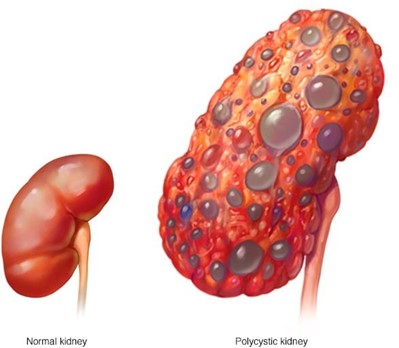A client who is receiving a statin medication reports the onset of muscle soreness and fatigue, and the practical nurse (PN) notes that the client's skin is warm to the touch. Which action by the PN takes priority?
Encourage the client to drink fluids.
Monitor the client's serum lipid levels.
Report the findings to the charge nurse.
Administer a PRN dose of acetaminophen.
The Correct Answer is C
The correct answer is choice C. Report the findings to the charge nurse. Choice A rationale:
Encouraging the client to drink fluids is not the priority in this situation. While hydration is important, the client's symptoms of muscle soreness, fatigue, and warm skin might indicate a potential adverse reaction to the statin medication, which requires immediate attention.
Choice B rationale:
Monitoring the client's serum lipid levels is not the priority at this moment. The client's current symptoms suggest a possible adverse reaction to the statin medication, and waiting for lipid level results may delay necessary interventions.
Choice C rationale:
Reporting the findings to the charge nurse is the priority action. The client's symptoms could be signs of rhabdomyolysis, a severe and potentially life-threatening condition where muscle breakdown releases toxic substances into the bloodstream. The charge nurse needs to be informed promptly so that appropriate interventions can be initiated.
Choice D rationale:
Administering a PRN dose of acetaminophen is not the priority in this situation. Acetaminophen may help with pain relief, but it will not address the potential underlying issue of muscle soreness and fatigue related to the statin medication.
Nursing Test Bank
Naxlex Comprehensive Predictor Exams
Related Questions
Correct Answer is D
Explanation
This is the best intervention for the PN to implement because it monitors the client's fluid status and helps detect fluid overload, which can cause hypertension and neurological changes. The PN should weigh the client at the same time, on the same scale, and with the same clothing every day.

A. Using a cushion when sitting is not a priority intervention for this client and may not address the BP or mental status issues.
B. Performing range of motion exercises is not a priority intervention for this client and may not address the BP or mental status issues.
C. Documenting abdominal girth is not a priority intervention for this client and may not be an accurate indicator of fluid status.
Correct Answer is A
Explanation
The correct answer is choicea. Teach the client to use a straw when taking the medication to reduce further tooth staining.
Choice A rationale:
Using a straw when taking liquid iron preparations helps minimize contact with the teeth, thereby reducing the risk of staining.
Choice B rationale:
While tooth discoloration can indicate that the iron is being absorbed, it is not a desired effect and should be managed to prevent cosmetic concerns.
Choice C rationale:
Assessing for mouth or gum pain and difficulty swallowing is important but not directly related to the issue of tooth staining.
Choice D rationale:
Advising the client to withhold doses without consulting a healthcare provider could lead to non-compliance and inadequate treatment of iron deficiency.
Whether you are a student looking to ace your exams or a practicing nurse seeking to enhance your expertise , our nursing education contents will empower you with the confidence and competence to make a difference in the lives of patients and become a respected leader in the healthcare field.
Visit Naxlex, invest in your future and unlock endless possibilities with our unparalleled nursing education contents today
Report Wrong Answer on the Current Question
Do you disagree with the answer? If yes, what is your expected answer? Explain.
Kindly be descriptive with the issue you are facing.
